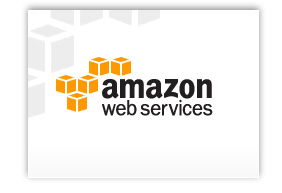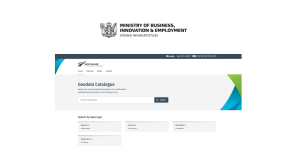While researching the great variety of public cloud scenarios and application configurations on the Amazon Web Services (AWS) site I found the following whitepaper, published by Jinesh Varia in August 2012. The title speaks for itself, but Iâve republished the abstract below with a link to the full whitepaper. When AWS becomes available in Australia, which I hope will be in
 While researching the great variety of public cloud scenarios and application configurations on the Amazon Web Services (AWS) site I found the following whitepaper, published by Jinesh Varia in August 2012. The title speaks for itself, but I’ve republished the abstract below with a link to the full whitepaper.
While researching the great variety of public cloud scenarios and application configurations on the Amazon Web Services (AWS) site I found the following whitepaper, published by Jinesh Varia in August 2012. The title speaks for itself, but I’ve republished the abstract below with a link to the full whitepaper.
When AWS becomes available in Australia, which I hope will be in the near future, it will represent the first true scalable public cloud platform to be made available to Australian Government and corporate clients alike. Until then, those interested in AWS can host services from Singapore or a range of other regions.
The Total Cost of (Non) Ownership of Web Applications in the Cloud
Abstract
Weighing the financial considerations of owning and operating a data center facility versus employing a cloud infrastructure requires detailed and careful analysis. In practice, it is not as simple as just measuring potential hardware expense alongside utility pricing for compute and storage resources. The Total Cost of Ownership (TCO) is often the financial metric used to estimate and compare direct and indirect costs of a product or a service. Given the large differences between the two models, it is challenging to perform accurate apples-to-apples cost comparisons between on-premises data centers and cloud infrastructure that is offered as a service. In this whitepaper, we explain the economic benefits of deploying a web application in the Amazon Web Services (AWS) cloud over deploying an equivalent web application hosted in an on-premises data center.
The goal of this whitepaper is to help you understand the different cost factors involved when you deploy and manage a scalable web application hosted on-premises versus when you deploy an equivalent web application in the cloud. We walk through three example scenarios: a corporate website (a steady-state web application), a sports event website (a spiky web application), and a social web application (an uncertain, unpredictable web application). Our comparison highlights the total costs over a 3-year period. We compare the total costs of running these web applications onpremises with the total cost of running these in the AWS cloud, reviewing a variety of different AWS purchasing options.
In each scenario, we will highlight the purchasing option with the highest cost savings.
Our analysis shows that AWS offers significant cost savings (up to 80%) over the equivalent on-premises option in each scenario. More importantly, you will see that AWS not only helps you lower your costs and maximize your savings but also encourages innovation in your company by lowering the cost of experimentation. We state our assumptions in each option and recommend that you adjust these assumptions based on your own research or quotes from your hardware vendors.
View the entire whitepaper on the Amazon Web Services site.
If you represent an Australian organisation considering AWS for their public cloud then you should also read this great article posted by Shaun Ewing on Shaun.net, Amazon EC2 speed and latency from AU.
Please Contact us if you would like to learn more about our AWS consulting services.




